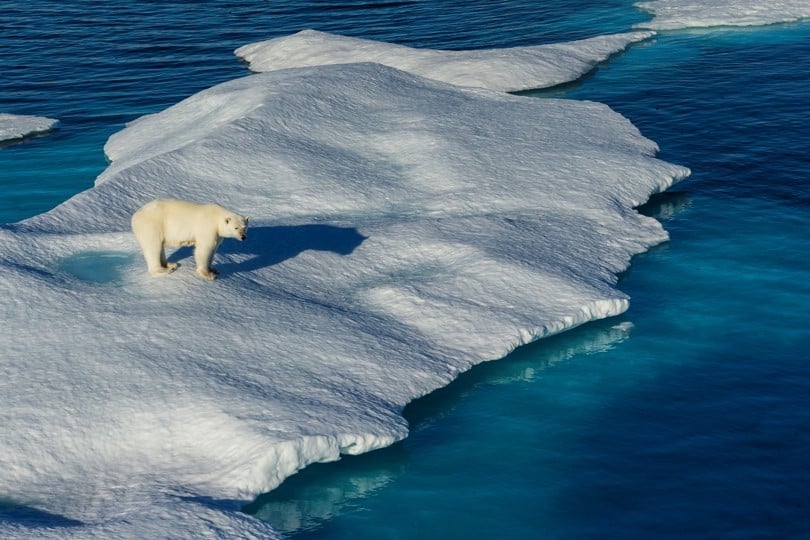Literacy
Through talking about the world around them, learners can be supported to develop a lifelong love for exploring nature through reading and nature itself. Many of the books in your book corner will be set in natural or forested environments and a simple way to connect to nature is to read these books together (outdoors if you can!). If your setting allows, an outdoor role play area can help learners role play their favourite stories whilst connecting to nature. Books offer learners the opportunity to explore parts of the world that they will not otherwise learn about.
Adult-led Activity Suggestions
- Encourage learners to use natural objects to create their own story or retell a familiar narrative by creating a story stick (attaching natural objects to a stick).
- Encourage learners to demonstrate their understanding of a story by using natural objects to bring the book to life through a living books activity.
- A simple way to connect to nature is storytelling outdoors. Many favourite learners story books are set outdoors in nature, on farms or woodlands. Why not read these stories outdoors and bring them to life? If your setting allows, develop a log circle for learners share stories in their play-based learning time.
- Fairy dens and storytelling brings a story to life. Find a small outdoor space, gather some materials and encourage learners to use their imagination.
Continuous Provision: Melting Ice
Melting Ice
Exploring ice is a fun and investigatory way to explore changing states and climate change. The following activities and continuous provision station provide learners with a sensory experience that helps them to explore the habitat of polar bears and the effect of our earth warming. The experiment can be linked with popular stories that reference the ice caps melting and loss of polar bear habitat, The Bear is in the Sky by Alexis Snell is a suitable book for this activity.
Enquiry: During the summer months, place an ice block in direct sunlight and observe as it changes state. Prompt learners to consider what changes are occurring with ‘I wonder’ statements. Introduce relevant vocabulary including ‘melting, changing state, solid and liquid’ and encourage learners to use these whilst predicting and observing the changes.
In the following session, place an ice block in direct sunlight and one ice block under a tree or in the shade. Now invite learners to observe both ice blocks and predict which will melt first and why, discuss the experiment as a group. Invite learners to think about what will happen, observe and explore the outcome through ‘I wonder’ statements:
- I wonder which ice cube will melt first
- I wonder how the ice will change.
- I wonder what will happen if we place the ice blocks in different places.
- I wonder which will melt first a large or small ice block.
In the next session, read The Bear in the sky by Alexis Snell and link the story to the melting ice. Create a safe space for learners to draw similarities between the ice that they have observed and polar bear habitats. Learners will have varying levels of understanding on climate change and habitat loss, and this should be a safe space to discuss learners' worries and misconceptions.
Once learners have been exposed to new vocabulary, they can further explore these concepts by leaving ice blocks in a tuff tray. To encourage self-discovery, place objects inside the ice or place the ice in water and allow learners to explore.
Green Skills Development
- Decision making and creative thinking
- Data Interpretation

Early learning goal outcomes
- Demonstrate understanding of what has been read to them by retelling stories and narratives using their own words and recently introduced vocabulary.
- Anticipate – where appropriate – key events in stories
- Use and understand recently introduced vocabulary during discussions about stories, non-fiction, rhymes and poems and during roleplay